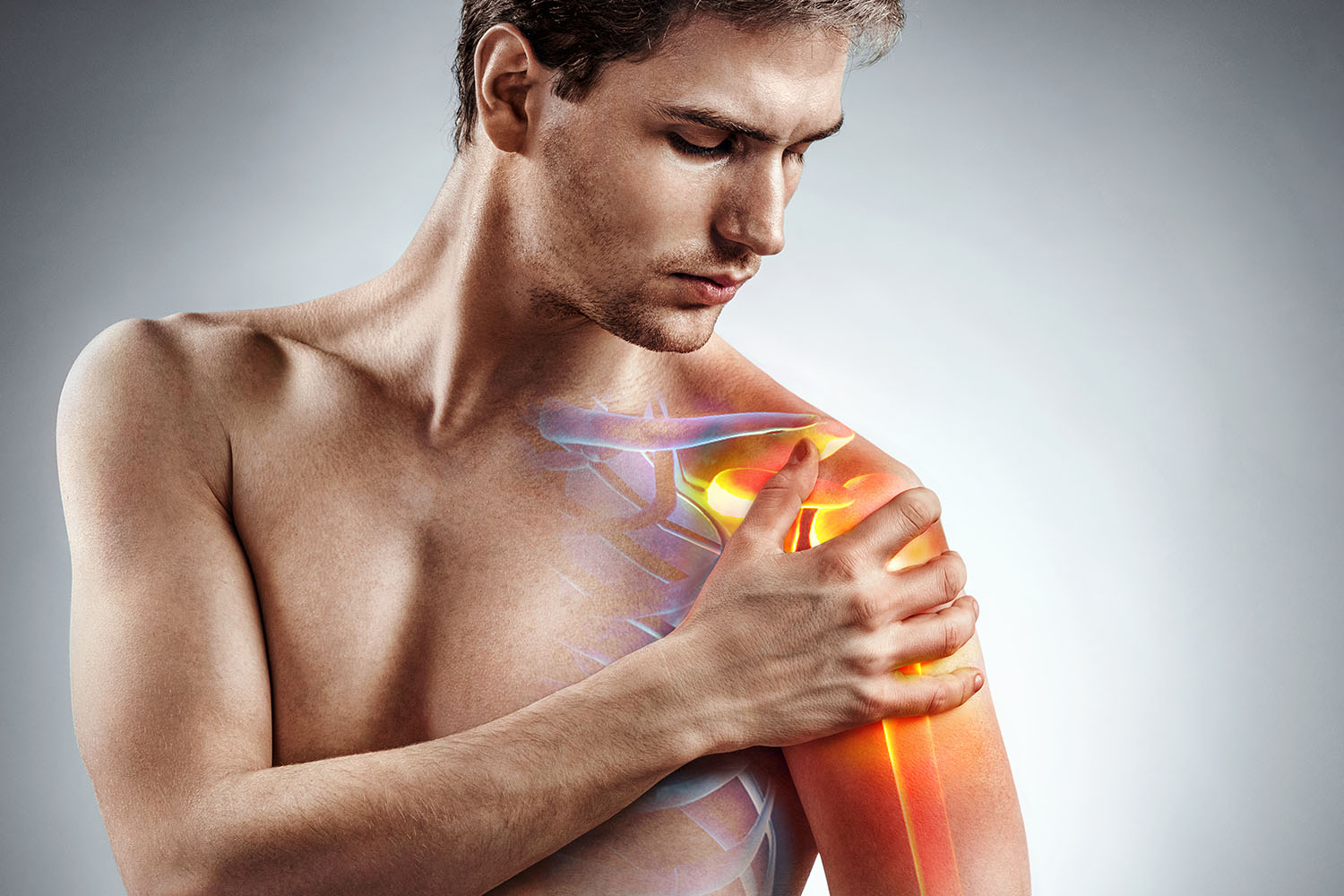Overview
The shoulder labrum is a crucial structure in the shoulder joint, providing stability and support to the upper arm bone (humerus) within the shoulder socket (glenoid). Labrum tears, a common injury, can cause pain, instability, and limited range of motion in the shoulder. In this blog, we will explore the international perspective on shoulder labrum tears, highlighting facts, research findings, and treatment options from around the world.

The Importance of the Shoulder Labrum:
The shoulder labrum is a ring of fibrous cartilage that surrounds the glenoid, deepening the socket and enhancing stability. It serves as an attachment site for ligaments and tendons, playing a crucial role in maintaining shoulder function during activities such as overhead movements and throwing.
International Facts and Research:
- Shoulder labrum tears are prevalent across diverse populations worldwide, affecting individuals of all ages and activity levels.
- Research conducted in various countries has identified common causes of labrum tears, including traumatic injuries, repetitive overhead motions, and degenerative changes associated with aging.
- Studies have shown that certain sports and occupations, such as baseball, swimming, and manual labor, have a higher incidence of shoulder labrum injuries due to repetitive stress and strain on the joint.
- International collaborations in orthopedic research have led to advancements in diagnostic imaging techniques, such as magnetic resonance imaging (MRI) and arthroscopy, allowing for accurate assessment and treatment of shoulder labrum tears.
- Treatment approaches for shoulder labrum tears vary globally but often include a combination of conservative measures, such as physical therapy and activity modification, as well as surgical interventions, such as labral repair or reconstruction.
Understanding the Treatment Landscape:
The management of shoulder labrum tears is guided by the severity of the injury, the patient’s symptoms, and their functional goals. In cases of mild to moderate tears, conservative treatments such as rest, physical therapy, and anti-inflammatory medications may be sufficient to alleviate pain and restore function. However, more extensive tears or those causing significant instability may require surgical intervention to repair or reconstruct the damaged labrum.
The Role of International Collaboration:
International cooperation among orthopedic surgeons, researchers, and healthcare professionals is essential for advancing our understanding and treatment of shoulder labrum tears. By sharing knowledge, expertise, and best practices, professionals from around the world can improve patient outcomes and enhance the quality of care for individuals with shoulder injuries.
Shoulder labrum tears are a significant source of pain and disability for millions of people worldwide. Through international collaboration and research efforts, we continue to refine our understanding of these injuries and develop more effective treatment strategies. By leveraging the collective expertise of orthopedic specialists across borders, we can improve the lives of individuals suffering from shoulder labrum tears and pave the way for better outcomes in the future.


